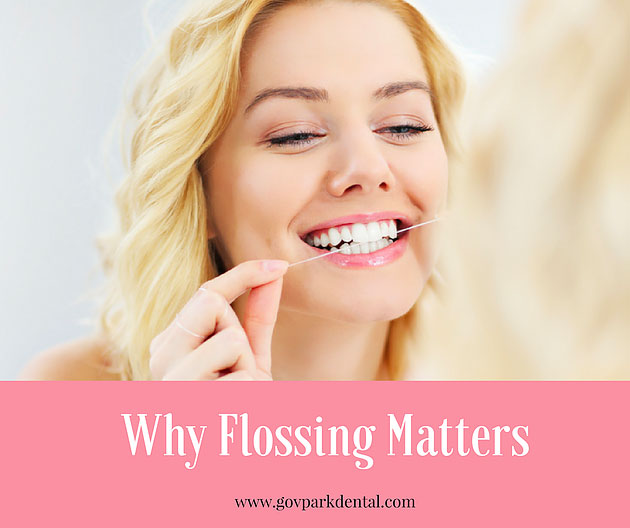If you have a missing tooth, you used to only have three options: leave the space open, get a partial denture, or have a bridge made to fill it in. Bridges look like 3-4 dental crowns bonded together, with the end crowns resting over supporting teeth and the ones between floating over the open space. The end result made it look as if you didn’t have any missing teeth.
But then dental implants took a major turn, becoming more predictable, less invasive, and faster to complete.
So today if you have a tooth that’s missing, your two options to replace it are usually a dental bridge or implant. But which one is best?
Advantages of Dental Bridges
Bridges can be prepped, placed, and completed in just two visits over the span of about two weeks. Once they’re set, that’s it. With regular care and maintenance, a quality dental bridge can last several years.
Disadvantages of Bridges
A bridge needs healthy teeth to support it. Before it can be installed, the abutment teeth have to be reshaped so that the bridge slips over, like a crown. If teeth are healthy, this permanently and unnecessarily alters their structure.
Additionally, bridges may not last for more than a decade or so. They will ultimately need to be replaced with a new one. At a certain point, the supporting teeth may be too weak to hold a new bridge, due to lack of stability.
Advantages of Dental Implants
Modern dental implants hold a number of advantages over conventional tooth replacement treatments. They are non-invasive to neighboring teeth, functioning as an independent structure. Likewise, they have the highest success rate of any modern dental treatment (over 98%) making them very unlikely to fail.
But best of all, studies show that most dental implants will last for the entire life of the patient. Investing in an implant now will mean you’re likely to have it forever. They’re fused into your mouth, supporting your bone and facial profile.
Since implants are stronger than natural teeth, they can be used in pairs to support multi- tooth dental restorations when a bridge may not be possible. In fact, you can use as few as four implants to anchor a permanent, hybrid denture that spans the entire length of your upper or lower arch.
Disadvantages of Implants
Implants require healthy bone to support them. If you lack bone depth, a graft may be needed.
Although some people see the slightly higher cost of implants as a possible disadvantage. That’s because implants do not typically need to be replaced.
Do I Need a Bridge or Implant?
Kois Center dentists work closely with each patient to help them weigh the advantages of each treatment they qualify for. It may be that your situation is best suited for an implant, while someone else is a better candidate for a bridge. Schedule a consultation with Dr. Brewick, Dr. Kissinger or Dr. Hatzidakis for a complete evaluation so that we may determine the best course of treatment for you.
Governor’s Park Dental Group serves the neighborhoods of Capitol Hill, Governor’s Park and Denver. We can be reached at 720-647-2766 or www.govparkdental.com




